I’ve met another astounding and inspiring human working in the complex pain world.
This time my hunt for resources finds me in the Netherlands. I’m not physically in the Netherlands (I wish!). It’s where Laura Rathbone lives and does her fantastic work.
Laura and I first met when she enquired about using PainTrain My Health Summary. After months of life getting in the way, we finally got to zoom. However, it was nowhere near long enough, and you’ll understand why as I begin to describe Laura’s work.
This will be a valuable post for you whether you live with pain and/or are helping people who live with pain.
I will also warn you because you’re about to go down a great rabbit hole. Laura has a wealthy network and offers courses, consulting, training, coaching, and even a Pain Geeks group. And her social media (especially her insta is a must-follow).
Kindred pain focused spirits, your pain lingo and thinking are about to change.
Long time coming
Can you imagine an appointment where the healthcare practitioner first sits back to listen? Can you imagine that the information the patient holds could be seen as the most informing part of that health appointment?
I’ll put it this way for you. I’m entering an appointment, and it’s during the first 4.5 years (my misdiagnosed years). So I begin by saying, ‘Well, I feel like I have my finger stuck in a powerpoint, the sun makes me sleepy, noises hurt and cause ongoing pain, and I have a short denim skirt as my go-to on awful days as it really helps decrease the pain’.
Can you ever imagine that information being taken seriously and furthermore being expanded upon so that it begins a collaboration, an alliance between you and the practitioner as a starting point for pain management?
In my experience, that description never led to a starting point but rather the endpoint of my consultations. I also receive a tremendous big long stare and shake of the head. In fact, I never dared to utter the min skirt detail until I met my diagnosing physiotherapist, Anne-Florence Plante – Laura reminds me so much of her.
You know the people that look at you in the eyes and your body radiates with warmth because you know they feel you?
I’m blabbing, this is about Laura
This is how Laura describes herself:
I am a Consultant Physiotherapist working exclusively with people that experience complex and persisting pain. But that’s just the thing – I don’t work with pain. I collaborate with people that live with pain on ways to best modulate symptoms and support this person to thrive. The human picture of pain will never fit in to the evidence-base from just one profession and so I spend much of my time reading through the work produced across the allied-health, basic science, social science and philosophical worlds.
There’s so much to learn from Laura’s approach. As I’ve hinted above, it’s not in the ‘normal pain business fashion’. Laura’s guidance stems from the person first. Laura asks a lot of questions. She questions everything… except how a person explains their pain experience.
This all feels new and overly detailed… right into the nitty-gritty. But it only feels that way because it’s a novel approach and because people living with ongoing pain are not used to this type of understanding and empathy. Instead, patients are usually thrown a clunky bunch of science AT them and TOLD what their personal pain experience is (usually not!), followed by a bunch of systematic treatment options. All of this leaves a person feeling like they’ve been dumped in a bucket.
Can we have an honest conversation first? I mean eye to eye? There’s a great deal to discuss when dealing with chronic pain. There’s no system and no order of proceedings. Nervous systems and brains are just not built that way.
So it’s not surprising that Laura has found herself hanging out with philosophers. And, as an international speaker and educator on the science of pain, she also focuses strongly on integrating psychotherapeutic practices in the mix.
How’s that? It’s pretty impressive and so makes me want to go to the Netherlands. But, as it turns out, none of us needs to, as you can sign up in various ways to learn from Laura.
I knew Laura was different because of the way she wanted to use PainTrain MHS with her clients. It astounded me that she wanted to help her clients build their health summaries so that their experience reads clearly to be more easily understood throughout their future appointments.
I’m like a broken record, but if we don’t achieve clear, thorough, concise and efficient communication within healthcare, we’re not going to help people living with ongoing health problems. Their management will remain a lifelong uphill battle, and they will forever be out of reach from their health teams… and the quality they deserve in their lives.
I’m hopeful that more and more professionals will follow a path like Laura’s and that this philosophical approach to understanding complex chronic pain is going to filter through the chronic pain world. I mean, it just has to.
Over to Laura:
Join me as I open up and share the wide and eclectic evidence and texts that I read on this thing we call pain, giving you a place to start if this your first dive into the world of pain specialised therapy, or a structured reading list if you are looking to continue on your learning and development.



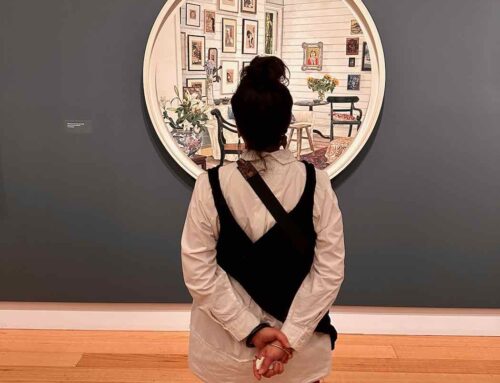

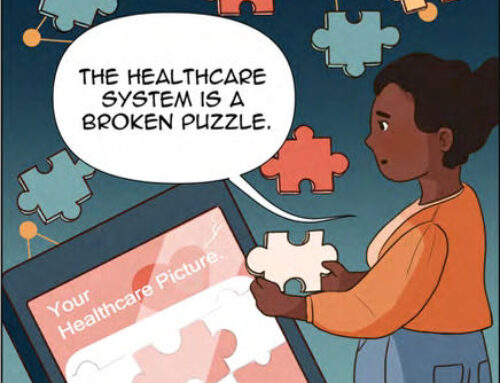

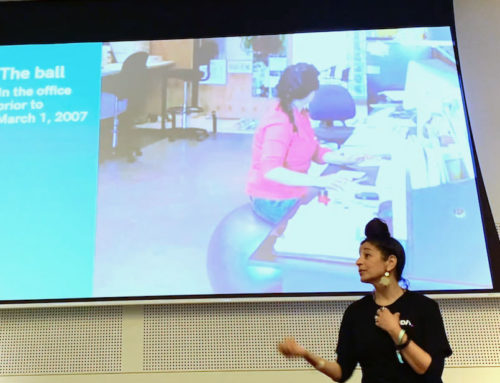
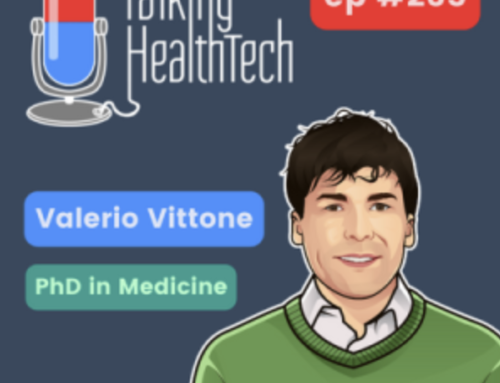
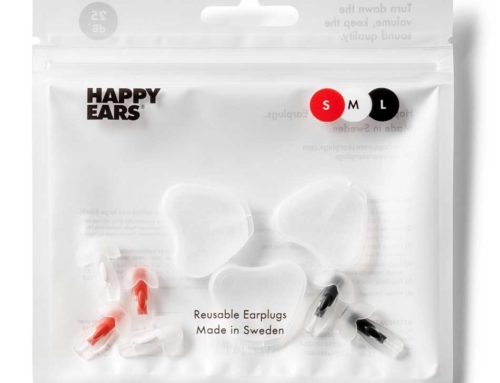
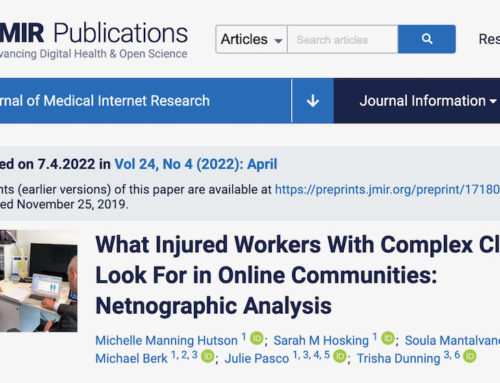
Go for it (just keep it respectful please!)